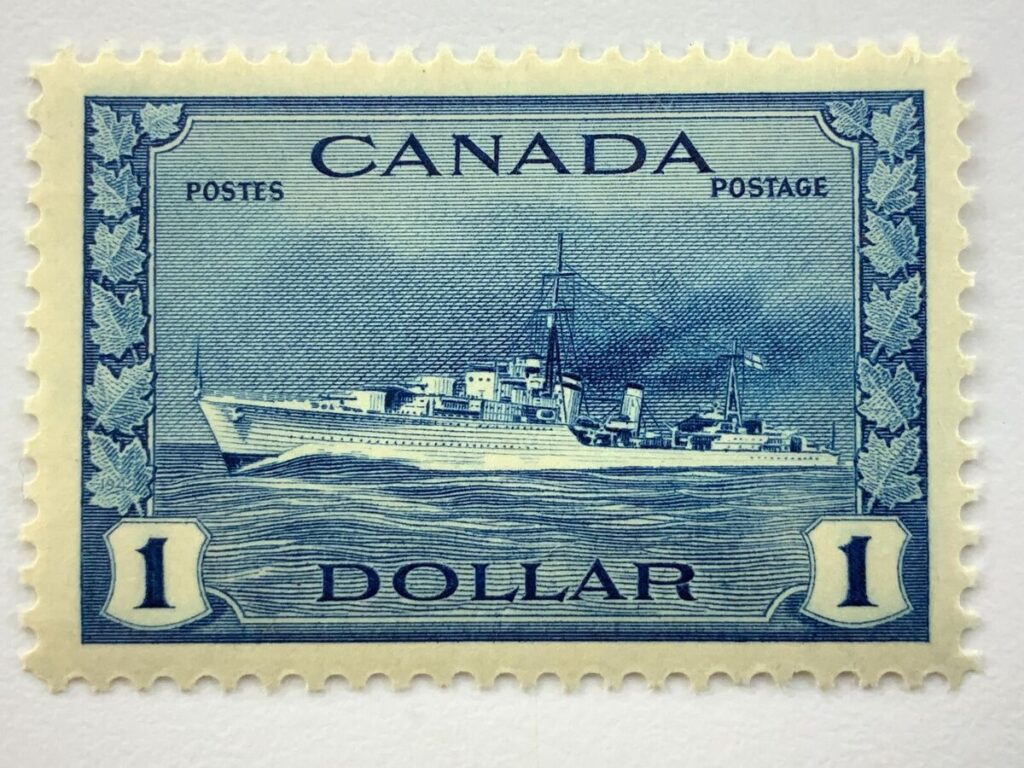
Introduction
The Canadian dollar (CAD) is a vital currency in global finance, playing a significant role not only in Canadian trade but also in international markets. Recently, there have been fluctuations in the CAD’s value due to global economic conditions, changes in oil prices, and shifts in monetary policy. This article examines the current trends affecting the Canadian dollar and asserts its relevance in today’s economy.
Current Trends in the Canadian Dollar
As of October 2023, the Canadian dollar has been experiencing both upward and downward pressure. This is primarily influenced by the stability of oil prices, as Canada is one of the world’s largest oil exporters. Recently, a surge in oil prices, reaching over $90 a barrel, has provided some support to the CAD, allowing it to trade higher against major currencies like the US dollar. Analysts note that for every $1 increase in oil prices, the CAD typically gains about 0.5 cents against the greenback.
Monetary Policy Influence
The Bank of Canada (BoC) plays a significant role in the valuation of the Canadian dollar through its monetary policy. In recent months, the BoC has signaled a hawkish stance, increasing interest rates to combat inflation, which remains above the bank’s target. This decision has created a positive sentiment around the CAD, drawing foreign investment and strengthening its position against other currencies. Future meeting announcements and policy changes by the BoC will be crucial, as they directly impact CAD valuations.
International Trade and Economic Impacts
A strong Canadian dollar can have mixed effects on the economy. On one hand, it makes imports cheaper for Canadian consumers, which can help lower inflation. On the other hand, a higher dollar can make Canadian exports less competitive in global markets, potentially affecting trade balances. Manufacturers and exporters are particularly vulnerable to exchange rate fluctuations, and a declining CAD is often seen as beneficial for boosting exports, while a stronger dollar could hurt profit margins.
Conclusion
The Canadian dollar’s value is influenced by various domestic and international factors, including oil prices, monetary policy, and global economic conditions. For Canadian residents and businesses, understanding these factors and keeping track of the currency’s performance is essential for making informed financial decisions. As we move into 2024, ongoing geopolitical tensions, inflation concerns, and energy market dynamics will continue to shape the CAD’s trajectory, making it a critical topic for investors and policymakers alike.






